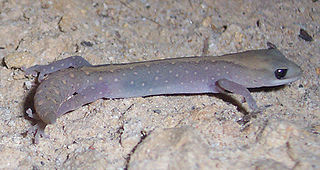
Diplodactylus is a genus of geckos of the family Diplodactylidae from Australia. They are sometimes called stone geckos or fat-tailed geckos. Member species are morphologically similar but genetically distinct.

Diplodactylus vittatus, commonly known as the eastern stone gecko, stone gecko, and wood gecko, is a species of diplodactylid lizards that occurs in forest, shrubland and arid regions across Australia. It is widespread across the states of Queensland, Victoria and New South Wales, commonly found in dry peripheral bushlands. This gecko can be kept as a pet or seen within zoo enclosures.
Lucasium stenodactylum, also known as the crowned gecko or pale-snouted ground gecko, is a species of gecko from Australia.
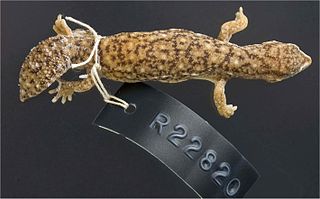
Diplodactylus bilybara, sometimes called the western fat-tailed gecko, is a gecko endemic to Australia. This gecko can be found in Western Australia along the central west coast. The species average length is 6.3 cm or 2.48 inches. These are generally reddish brown or grey. Their reproduction is oviparous.
Diplodactylus calcicolus, sometimes called the south coast gecko, is a gecko endemic to Australia.
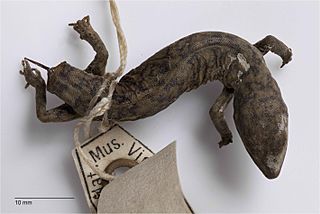
The variable fat-tailed gecko or burrow-plug gecko is a Diplodactylid gecko endemic to central and arid inland areas of Australia. Widespread across the continent, the variable fat-tailed is most commonly found in sandy desert habitats dominated by Spinifex grasses. They have also been bred in captivity by zoos and as pets.
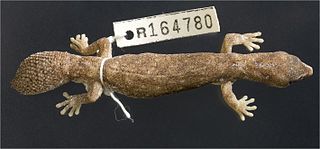
Diplodactylus custos, sometimes called the Kimberley fat-tailed gecko, is a gecko endemic to Australia.
Diplodactylus furcosus, sometimes called the Ranges stone gecko or forked gecko, is a gecko endemic to Australia.
Diplodactylus galeatus, sometimes called the helmeted gecko, is a gecko endemic to Australia.
Diplodactylus granariensis, sometimes called the western stone gecko, wheat-belt stone gecko, or the giant stone gecko, is a gecko endemic to Australia.
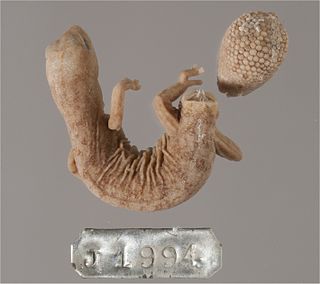
Diplodactylus hillii, sometimes called the northern fat-tailed gecko, is a gecko endemic to Australia.
Diplodactylus kenneallyi, sometimes called commonly Kenneally's gecko, is a species of gecko, a lizard in the family Gekkonidae. The species is endemic to Australia.
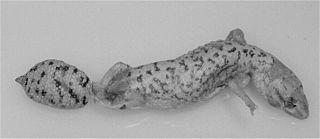
Diplodactylus laevis, sometimes called the desert fat-tailed gecko, is a gecko endemic to Australia.
Diplodactylus lateroides, sometimes called the speckled stone gecko, is a species of geckos endemic to Australia.
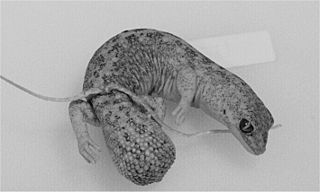
Diplodactylus platyurus, sometimes called the eastern fat-tailed gecko, is a gecko endemic to Australia.
Diplodactylus polyophthalmus, sometimes called the spotted sandplain gecko, is a gecko endemic to Australia.
Diplodactylus pulcher, sometimes called the fine-faced gecko, is a gecko endemic to Australia.
Diplodactylus wiru, sometimes called the desert wood gecko, is a gecko endemic to Australia.
The Eastern Deserts fat-tailed gecko is a gecko endemic to Australia.






